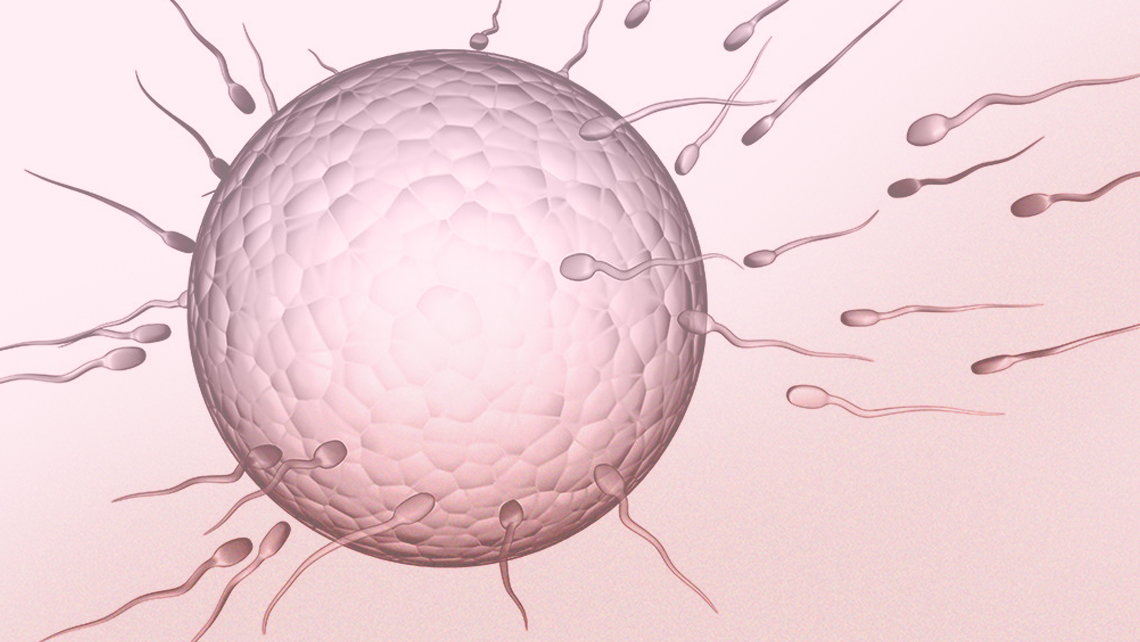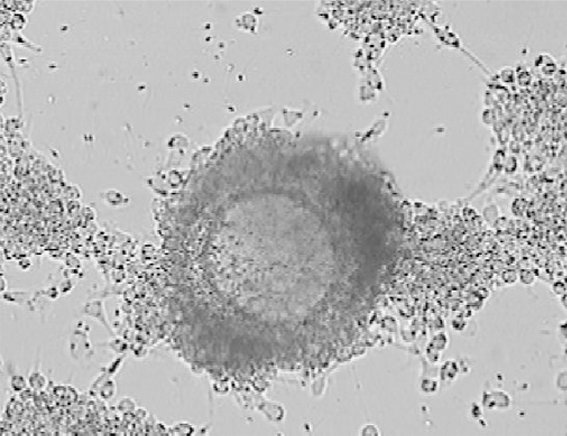
Oligoastenozoospermia and its treatment to achieve pregnancy
Oligoasthenozoospermia consists of a decrease in the concentration and percentage of motile spermatozoa in a sperm sample and is determined by means of a sperminogram or sperm analysis.
The sperminogram is currently a basic tool that provides us with the best information to assess male fertility and is very useful when it comes to indicating personalized treatments for the couple. Through this analysis, various factors such as the concentration, mobility and morphology of the sperm present in the ejaculate, among others, are evaluated.
According to the criteria of the World Health Organization (WHO) 5th edition manual (2010), a man suffers from asthenozoospermia when there are less than 32% progressively motile sperm in the ejaculate (sperm that move). Or less than 40% of total motile sperm (motile sperm with and without displacement). In addition, we speak of oligozoospermia when the concentration of sperm is less than 15 million per millilitre of seminal sample.
Oligoastenozoospermia is a cause of infertility because the path the sperm must travel to fertilize the egg is very long and along this journey the natural selection of the most suitable sperm occurs to achieve the desired fertilization. During this selection, most of the sperm are discarded and only those with better mobility and morphology have the opportunity to try to fertilize the egg. Therefore, it’s essential that the ejaculate has a good amount of sperm and good mobility.
Índice
What are the oligoasthenozoospermia causes?
Causes are not well known, but what we known is that sperm motility and concentration can be affected by several factors such as:
- Presence of antisperm antibodies.
- Excessive consumption of alcohol or other drugs (tobacco, marijuana…).
- Advanced paternal age: above 45 years there’s a decrease in mobility.
- Exposure to toxic agents (fertilizers, chemical solvents).
- Seminal infections.
- Teratozoospermia: if there’s an alteration in the shape of the sperm, especially in the tail and middle piece.
- Inadequate diet.
- Vasectomy.
- Febrile episodes.
- Chemotherapy and radiotherapy.
- Inappropriate habits that cause an increase in testicular temperature (saunas, tight clothing …).
- Partial obstruction of the tubes that carry sperm from the testicles to the urethra
- Alterations of the testicular veins (varicocele)
- Epididymis disorders
- Hormonal disorders
- Trauma or inflammation of the testicles
- Genetic diseases (microdeletion of the Y chromosome, cystic fibrosis, fragile X syndrome, Klinefelter syndrome …)
Treatment and solutions for oligoastenozoospermia

Depending on the oligoasthenozoospermia degree, different treatments can be considered to achieve pregnancy. If we have a mild case, the simplest treatment would be artificial insemination. Using this technique, with the help of a catheter, the sperm sample is introduced into the patient’s uterus, containing the best sperm previously selected in the laboratory. In this case, the fertilization of the egg would take place inside the woman.
Another indicated treatment for a mild case of oligoasthenozoospermia is in vitro fertilization (IVF). With this technique, the previously selected sperm are put in contact with the eggs in a culture plate and that’s where fertilization occurs. Subsequently, the resulting embryos would be cultured and observed in order to select the best one to be transferred to the mother’s uterus.
Should we face a severe case of oligoasthenozoospermia, the most successful treatment would be ICSI (intracytoplasmic sperm microinjection). Technique in which the IVF laboratory specialist selects a sperm and introduces it into an oocyte. This way, a possible fertilization failure that could occur if we perform a classic in vitro fertilization (IVF) or artificial insemination is minimized. After ICSI, the subsequent embryo culture and observation is always carried out to select the best embryo to be transferred.
It’s important to note that in a severe cases, specialists (gynecologists, urologists and biologists) should consider the option of freezing semen to preserve fertility. Sometimes an oligoastenozoospermia leads to a total absence of sperm (azoospermia).
There are some methods that allow for improvements in sperm motility and concentration. Among the most important are eating habits and there are some products rich in essential amino acids such as L-carnitine and antioxidants that, combined with a healthy lifestyle, can help improve seminal quality.
